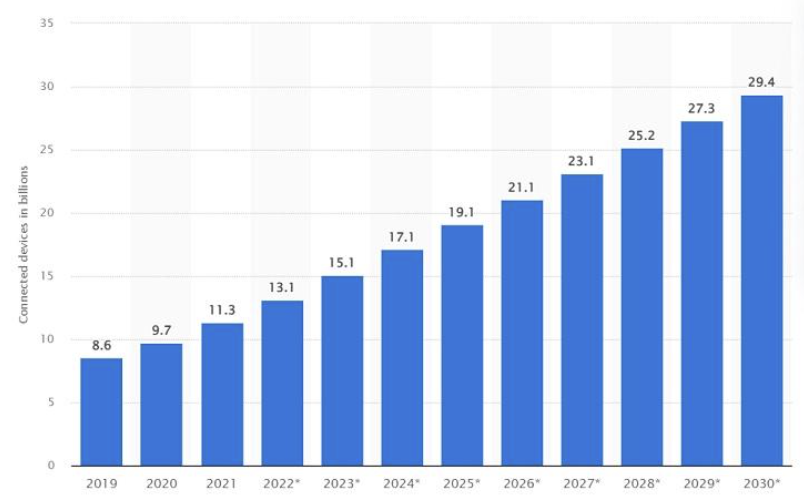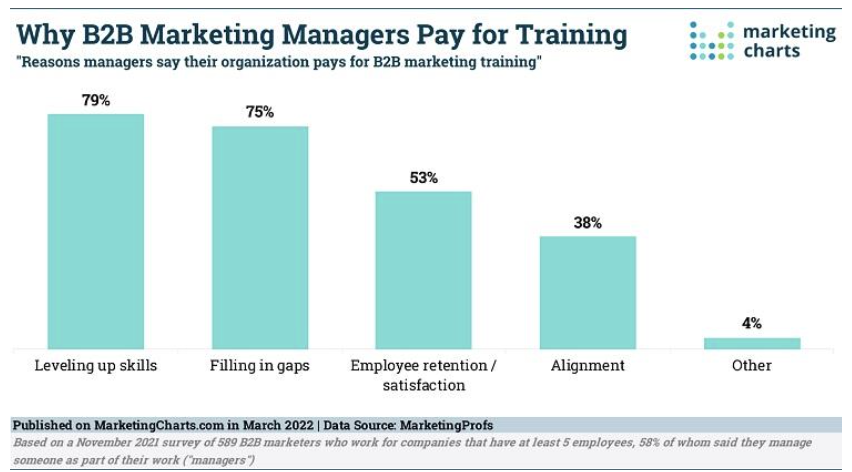10 Benefits of Cloud Workforce Management You're Missing Out On

10 Benefits of Cloud Workforce Management You're Missing Out On
Workforce management has become more complicated in the last couple of years. The COVID-19 pandemic forced many businesses to go to remote or remote/hybrid models to accommodate worker safety.
Cloud-based workforce management tools change the way workers interact with companies daily. It has multiple benefits for both big and small corporations.
If part of your management team is remote, they can easily access data on the cloud, run reports, and make adjustments to schedules and hiring practices.
Looking for help implementing cloud workforce management? Connect with a cloud consulting firm on The Manifest.
Do You Need a Workforce Management System?
As with any type of technology, workforce management tools can automate many mundane tasks. However, there is a price to ramping up your technology and utilizing available software. Each brand must decide if the time savings and benefits outweigh the drawbacks.
According to Fortune's Business Insights, the human capital management market is currently $23.60 billion, with a 9.1% compound annual growth rate. It should reach approximately $46.85 by 2029.

Source: Statista
The human capital management (HCM) market will reach $37.8 million by 2025. The chart above shows a steady growth rate over the next several years.
Businesses that haven’t utilized cloud workforce management systems should at least give them a try. You may find you can reduce human resources costs and eliminate many of the errors associated with keeping track of multiple employees.
Here are the main benefits of adopting a cloud workforce management system.
- Reduce Paperwork
- Customize the software
- Reduce dual entries
- Tie work to projects
- Connect to the Internet of Things (IoT)
- Streamline communication
- Gain insight
- Improve the employee experience
- Comply with regulations
- Increase agility
1. Reduce Paperwork
Ask any manager what one of the most time-consuming parts of their job is, and they’ll tell you the paperwork. Whether checking time sheets, entering employee addresses and contact changes, or even just looking over time cards, paperwork wastes time, and time is money.
With a cloud workforce management system, you put employees in charge of making their own changes and tracking their own time. The ability to automate such tasks is invaluable for a remote or even a hybrid-remote team.
You can easily automate timesheets by having employees clock in and out when they start and stop work. Project management tools and time tracking options integrate nicely with cloud workforce management.
2. Customize the Software
You can easily customize the system to meet your exact needs as a business. Add the modules that are helpful for your team and your size of company. If you have five employees, the way you manage them is a bit different than the way you’ll manage 30 workers.
For example, you can add modules such as time and attendance alongside paysheets. Employees can check from their end, but payments can be automated for your part. The ability to use only the features you need is invaluable, because you can easily scale up as your business grows.
3. Reduce Dual Entries
When one person inputs everything, it’s easy to accidentally repeat elements. With a workforce management system, it will notify you of any duplicates so you can double check them for accuracy.
Have you ever accidentally overpaid an employee and then realized you have a mess on your hands? You have to figure out how to back the pay out without harming their finances, especially if they are in an entry-level position where they don’t make much money to start with.
Software helps avoid those issues. Since much of the tracking is automated, you won’t have concerns with someone inputting the same hours twice.
4. Tie Work to Projects
Another benefit of utilizing cloud-based workforce management software is that you can tie completed work to projects. You can then analyze how long certain tasks are taking and find ways to improve processes or put additional workers on tasks taking longer than others.
For example, if projects often become bottlenecked in the design phase, would adding more designers help ease the burden? Is there anything else you can do to remove the bottlenecks, such as spacing design work out a bit more and having other people complete various tasks outside of design?
Running reports is one of the greatest advantages to using automation. You can easily see where you can make changes to improve your business and ramp up productivity.
5. Connect to the Internet of Things (IoT)
Researchers predict the number of IoT connected devices will reach 30.9 billion by 2025. The faster technology advances, the more things will connect to the cloud. When you already have many elements of your business connected, it’s much easier to add more.
Start small with something like time tracking and automated payroll. Start adding additional features, such as automated invoicing, reminders and bookkeeping.
While you’ll always need a human to double-check things and avoid fraud and human error, much of the work will be done and the managers looking things over are just doing a quick check.

Source: Statista
By 2030, the number of devices connected to the IoT will hit 29.4 billion. If your business isn’t tapped into the power of the IoT, you may lose your employees to other companies.
6. Streamline Communication
In the past, the message from HR to payroll wasn’t always fast or efficient. For example, your company may have a policy that when someone resigns, you go ahead and let them go and change all passwords. If HR didn’t communicate that the employee left on a certain date, they may have been paid for additional days they didn’t work.
With cloud workforce management, HR simply hits a button and the payments freeze. You’ll save money. You can also tie it to accounts, such as company email, passwords and other features, so everything freezes.
While it isn’t common, there are stories of employees being fired and then getting back at the company that let them go by inserting viruses into their systems, stealing client contact info or otherwise creating havoc. It’s probably best to sever all the ways people can get into your company via the cloud as soon as they leave your employ.
7. Gain Insight
When you host everything in the cloud, it’s much easier to run reports and gain smart insights into your company and how the workforce functions. You can move people around to positions better suited to their needs, adjust schedules to accommodate different creative periods and see where you can afford to hire more talent.
Over time, more and more data accumulates and the computer produces detailed reports that can help your business thrive. If you haven’t tried putting your workforce management in the cloud and running some analytics, you’re missing out on the benefit of learning from experience.
8. Improve the Employee Experience
According to the Bureau of Labor Statistics, the number of people quitting their jobs in March 2022 hit 4.5 million, a slight increase over the previous quarter. Employers are still having trouble hiring and retaining talented employees.
Of course, it may depend upon your industry, but even if you have no trouble finding new talent, keeping those you’ve already invested in and spent money training is ideal for the growth and success of your business.

Source: Marketing Charts
There are many reasons why marketing managers pay for additional training for employees. In a survey of B2B marketing, 53% said employee retention and satisfaction ranked high on the list of reasons.
Anything you can do to make your work environment better is a perk to working there. Employees may stay simply because they like where they work and the excellent processes you employ.
Workforce management access is a big perk to most workers. They can see how much they’ve earned, what their paycheck would be and evaluate their own performance. Those who are overachievers will watch their performance and attempt to improve it on their own in hopes of a promotion or raise.
9. Comply with Regulations
Some industries have to meet local and federal regulations. You may also have to meet other requirements if you have a certain number of employees. Putting everything on the cloud makes it easy to either hire a consultant to oversee elements and make sure you are meeting requirements or to run your own reports and look for flaws.
If you’re asked for details from a government authority, you can quickly run a report and get the threat of a fine or losing licensing resolved quickly.
10. Increase Agility
Agility is a big buzzword in business today. The more flexible your business is, the better your chances of adapting to any sudden changes. Some people call it the pivot –being able to shift suddenly to keep from losing money, employees or customers. The more data you have, the easier it is to find creative solutions to problems.
When the COVID-19 pandemic hit, businesses had to shut down for weeks and sometimes months. The ones that were ready to change on the fly and send employees home kept working as normal. Imagine suddenly having to take your entire workforce remote and not having the workforce management system in place to do so.
The more automated your business model, the easier it is to pivot when the need arises. Who knows what challenges face business owners and managers in the coming months. Embracing the latest technology helps ensure you are agile enough to survive.
Is Cloud Workforce Management Right for You?
The answer is always yes. It is right for nearly any type of business you can imagine. Unless you are a solopreneur that never hires a contractor or anyone to help, you need to put your data in the cloud and put the power of adaptation at your fingertips. Your employees will appreciate more control over timekeeping and payments without having to go through HR and spend untold amounts of time ensuring everything is correct.
The power of the cloud helps many different aspects of business. Workforce management is arguably one of the most powerful ways you can utilize new technology to save time and keep your staff happy.
Check out The Manifest's ranking of the top cloud consulting companies.